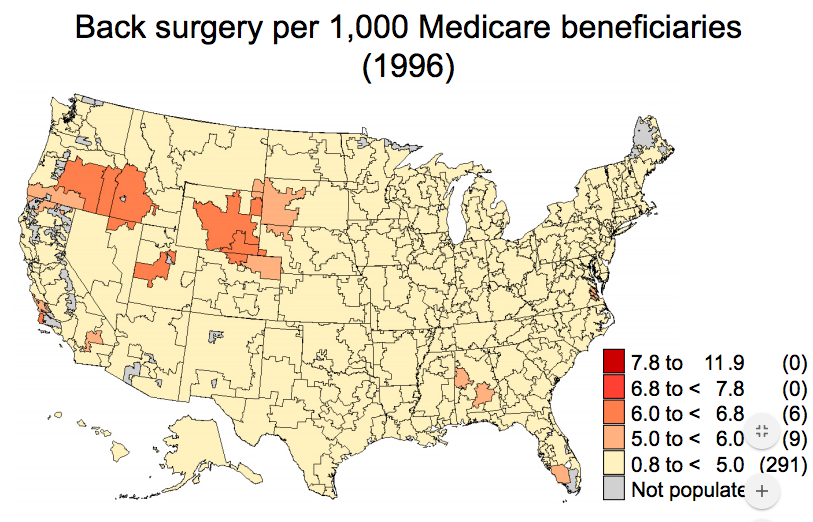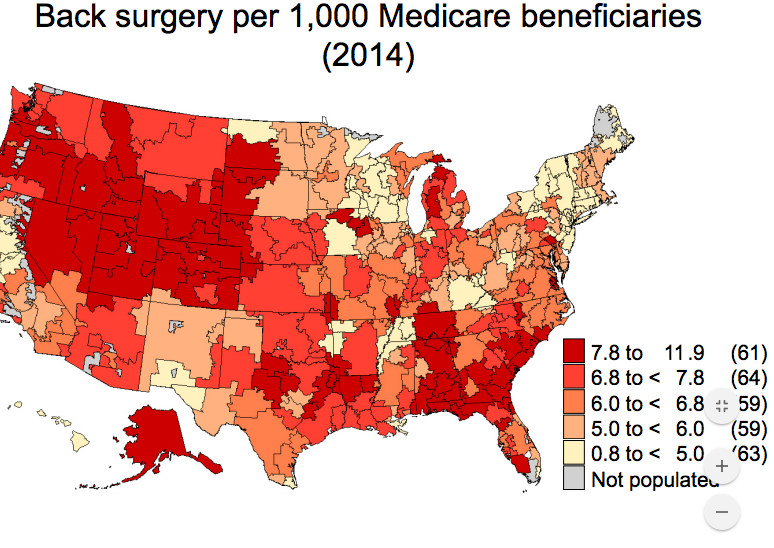Frank is a highly experienced work comp broker, consultant and educator who is as subtle as a tank.
A vocal and energetic advocate for his employer clients, he is nonetheless far from reluctant to challenge those clients to think creatively, differently, intelligently; to not just accept what carriers, TPAs brokers and vendors report but to dig down to see the real picture.
Because it’s what underlies those relationships that drives results for patients and employers. The tangled web of financial deals based on percentage-of-savings charges; fee-splitting; vendor “rebates” and other pay-to-play vehicles can and does influence behavior and incentivize parties in ways that may not be in the patients’ or employers’ best interest.
Frank’s persistent and loud, to the point that some groups and on-line entities have banned him from their conversations. While those groups are entirely within their rights to do so I’d suggest that all of us are far better off hearing from people like Frank than avoiding the conversation. His intentions, values, and ethics are unquestioned. His tireless advocacy for clients and stakeholders to do the right thing is unequivocal.
If you don’t like what you’re hearing, perhaps you should ask yourself why you’re uncomfortable with what he has to say. While Frank’s irreverence and constant vocal challenging of the status quo has made him a pariah in certain work comp circles that is unfortunate indeed – because his message is dead on.
Sometimes the volume and stridency of the message can turn people off. I get that. I also get that many of us have been trying for years to highlight the counter-productive relationships that yield little benefit to the real stakeholders. Sometimes you need to open the window and yell.
What does this mean for you?
The industry not only needs more Frank Pennachios, it also needs to realize that despite what you may think of the methods, the message is absolutely right.








